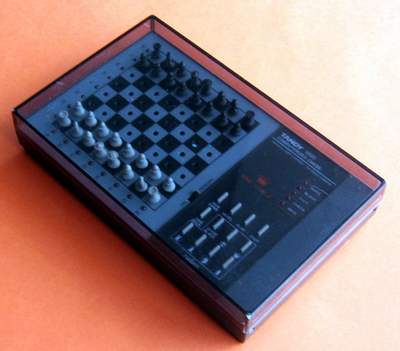I might as well follow up last week’s post about Fantasy Flight games with a review of one of their new offerings, entitled Lord of the Rings: The Card Game. As I mentioned before, I had to read the rules a few times to understand how this would work. My son and I finally managed to play it this weekend, and it is not only a lot of fun but tells a good story. The components are modular, so the story can change and the game should provide a lot of variety. A quick rereading of the rules showed that we had done only a few minor things wrong, which would have actually made the game easier, so I can’t wait to play it again.
 |
| Image by Surya Van Lierde |
Lord of the Rings: The Card Game is a “living card game” (LCG), a concept that has been pioneered by Fantasy Flight recently. If you have played Magic: The Gathering, or even watched your kids play Yu-Gi-Oh!, you have seen a similar concept that has been around for a while – the collectable card game (CCG). The difference between the two is in the expansions. A CCG has expansions, aka “booster packs”, which have a randomized set of cards in them, so the player buying the booster pack has no idea what they will be getting. Those cards are then used to build a customized deck of a certain number of cards to play with. Very powerful cards are more rare, so one might have to buy quite a few booster packs to assemble a good deck to play with, particularly if the goal is to play competitively. Add to this the fact that new cards come out every year, and you will understand while your child has a ton of Yu-Gi-Oh! cards and empty pockets!
In contrast, the booster packs for an LCG have titles, and every deck with the same title will have the exact same cards in it. The player knows what they are buying beforehand. This makes it easier to keep away from the arms race a CCG can turn into. The market is that group of gamers, many of them ex-CCG players, that want the same game play experience but no longer have the means or desire to spend a lot of money.
This particular game has one more unique element to it; it is a
cooperative game. The players all play together to complete quests. The events happen in Middle Earth, the world of the
Lord of the Rings and
The Hobbit. For you Tolkien fans, I will add that the timeframe of the game is those years between the defeat of Smaug and Bilbo’s eleventy-first (111
th) birthday. This allows the game broader artistic license for storytelling.
Lord of the Rings: The Card Game comes in a very oversized large box for what’s inside: 228 cards, two accessories for tracking a player’s “threat level”, some counters and a set of rules. At first I wasn’t thrilled with this, since my shelf space is at a premium. Then I realized the boosters will fit in the box too, so in the end it will probably be a good thing. A breakdown of the cards shows that there are two broad categories: player cards, further broken down into heroes, attachments (weapons and such), events (special actions) and allies; and non-player cards which are quests and encounters. Quests make up the objective of the game, while encounters are the creatures, places and events that work against the players. Heroes are placed in front of the players, and each player has a hand of cards that will strengthen the abilities of the heroes to complete the quest. This is done in a sequence of actions, which include flipping over encounter cards, to see what befalls the heroes in fulfilling the quest.
 |
| Gandalf is a major ally, though he doesn't really change up the rules as some other cards do. Image by Chris Norwood |
While this sounds pretty straightforward, it’s not. First, the game play sequence has seven stages to it, and so is a little involved. Secondly, one of the characteristics of this type of game is a lot of text on the cards. This text actually modifies or suspends game rules during the course of the game, so the game play is always in flux. Lastly, the cards are designed to work in various combinations with each other, so that understand the optimum sequence of card plays takes some experience. Sorting out the results of conflicting cards takes some getting used to, and actually is benefitted by prior experience with other games. Anyone can learn it, that is certain, but the amount of time required to be proficient is more than casual.
From the storytelling perspective, the cards were excellently designed. In a game where you are travelling through the mysterious Mirkwood Forest, there three smaller decks of enemies and locations that are combined to form the encounter deck. A few similar small decks stay in the box. For a different quest, the encounter deck will be created from a different combination of these small decks, and this keep the enemies and locations appropriate to the quest. The result is excellent, and combined with very good artwork the story really comes through.
All of this combines to make
Lord of the Rings: The Card Game a really great game, but one that is not suitable to a casual evening with some friends or a game night with the family. (If you are thinking, “Maybe, but I bet I would have fun with so-and-so”, I submit that you may be transmogrifying into that creature known as a
gamer, and are beginning to fade from the world of casual gaming.) As a result, while I am really looking forward to exploring this game further, I can already give it a thumbs down for the purposes of this blog.
It's Your Move!

Related Posts:
Links:



















